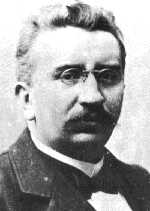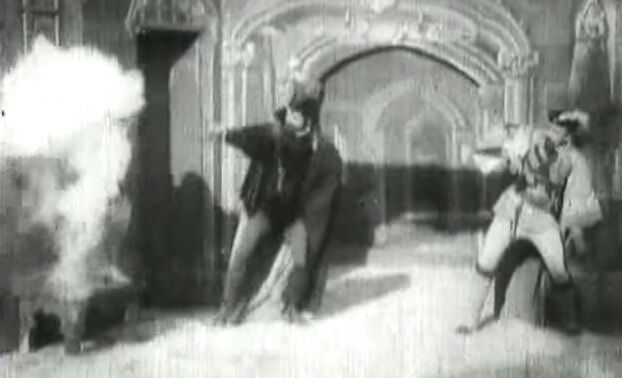
Not to repeat yesterday's thread, but--I think I was wrong about something. The editorial comment about the Hollow Tree's diverse readerships--"Hindus, a Kongo African, etc" which I said yesterday was about Americans...I'm thinking the readers must have been international. 1/
Western Story Magazine didn't have international distribution per se, but it did have Australian, British, and UK editions, and those editions would have been distributed to the British colonies like any other British magazine was pre-WW2.
2/
2/
And of course Hawai'i, mentioned in the Hollow Tree editorial as one of the nationalities represented, wasn't a state in the early/mid-1920s, it was a Territory, and Hawai'ians weren't considered "Americans."
3/
3/
Which makes what the Hollow Tree editor, Louise Rice, tried to do all the more impressive. She (and the Hollow Tree Gang letter writers) wasn't trying to do away with social/racial/gender/etc barriers in the USA; she was trying to do it *globally*. 4/
If I were a young person in need of a PhD topic, I'd do my best to track down Louise Rice's descendants (if there are any) and quiz them on her. Was she an activist in personal life as well? Did she work in isolation, or was she a part of a group?
5/
5/
This seems to me to be very low-hanging fruit for a PhD candidate: 1920s international civil rights activism in a Western pulp, spearheaded (?) by its letters page's editor and realized by the women readers of that pulp.
6/
6/
One can only imagine what the British colonizers in India, during the turbulent 1920s, thought of a white woman (Louise Rice), and an American to boot, not just treating Indian readers without the racist oppression which was the colonizers' norm, but "levelling" them.
7/
7/
I know how closely the British censors in India inspected and censored Indian-made popular culture; I don't know if they applied that same level of scrutiny to British popular culture. I doubt the censors examined the British version of Western Story Magazine at all closely.
8/
8/
I'm tending to think that WSM may have been subversive literature that totally escaped the notice of the British. Which is kinda neat, I think.
Anyhow, tl/dr: I was wrong. The Hollow Tree was a global enterprise, not a USian one.
9/
Anyhow, tl/dr: I was wrong. The Hollow Tree was a global enterprise, not a USian one.
9/
• • •
Missing some Tweet in this thread? You can try to
force a refresh













